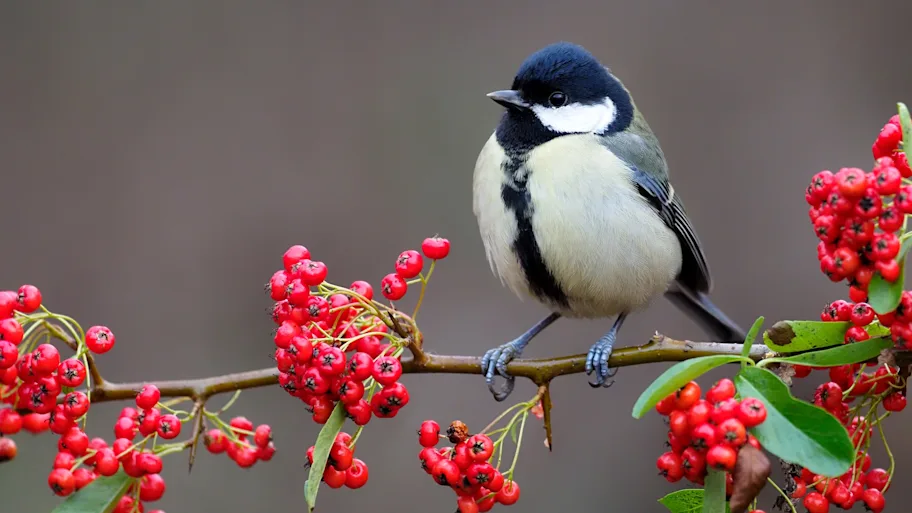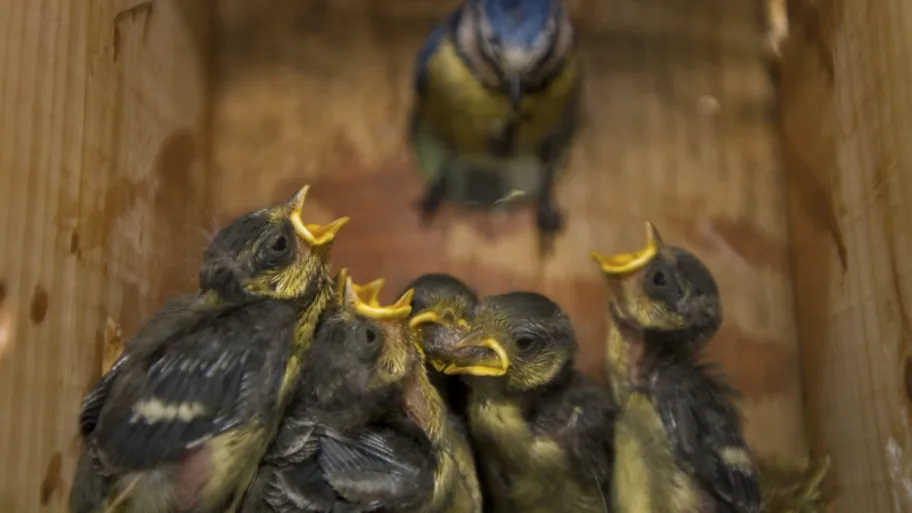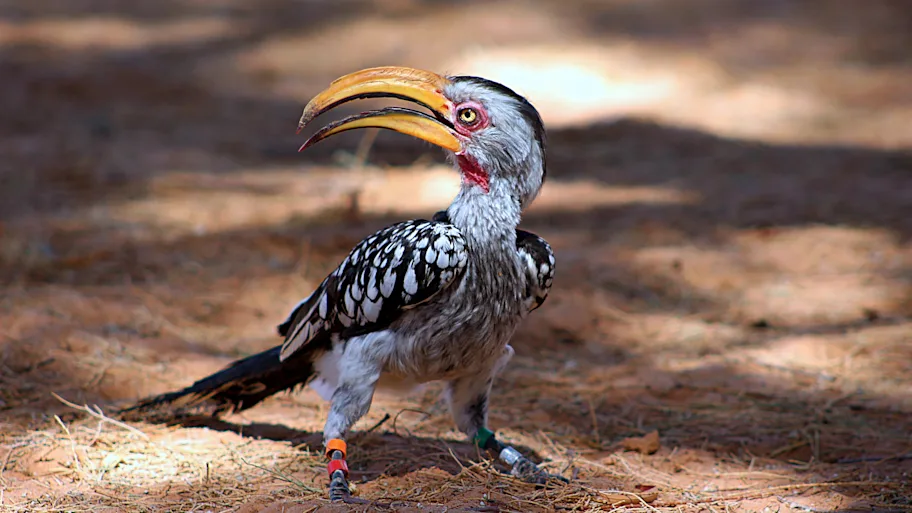
- Science news
- Climate action
- Majority of bird species in Americas could survive climate change, shows study
Majority of bird species in Americas could survive climate change, shows study
By Robert Hanley / Durham University communications team

The Arenal Volcano seen from the Monteverde Cloud Forest. Monteverde-Arenal is one of 21 Important Bird and Biodiversity Areas (IBA) in Costa Rica. Credit: Sorin Vacaru Photography / Shutterstock.com
Researchers show that the current network of Important Bird and Biodiversity Areas (IBAs) across the Americas should remain able to house the majority of bird species of conservation concern even after climate change. While individual bird species may shift their distribution range, 73% of species of conservation concern are likely to persist in at least half of the IBAs in which they occur, and 90% of species in at least a quarter of their current IBAs. This implies that future conservation efforts in the Caribbean and Central and South America can focus on expanding the current IBA network.
A new study, led by Durham University and published in the journal Frontiers in Ecology and Evolution, investigates the impacts of potential climate change scenarios on the network of Important Bird and Biodiversity Areas (IBAs) across the Caribbean, and Central and South America.
The research was carried out in collaboration with Senckenberg Biodiversity and Climate Research Centre, BirdLife International and the National Audubon Society.
IBAs are sites identified as being internationally important for the conservation of bird populations, with over 13,000 sites identified across 200 countries in the last 40 years. Many are covered by formal protected areas, while others are conserved by community-managed reserves or indigenous lands.
Two of the principal responses of species to recent climate change events are changes in range and abundance, leading to a global reshuffling of populations.
Download original article (pdf)
Range changes may cause species to disappear from areas they occupy, whilst providing them with opportunities to colonize new sites.
This redistribution could affect the ability of international site networks (including protected areas) to conserve species. Therefore, identifying which sites will continue to provide suitable conditions and which are likely to become unsuitable is important for effective conservation planning as our planet continues to warm.
Estimating the impact of climate change on species' distributions, and the consequences for networks of sites identified to conserve them, can help to inform conservation strategies to ensure that these networks remain effective.
The research modeled the effects of different scenarios of climate change on the wider network.
It determined that, for 73 percent of the 939 species of conservation concern for which IBAs have been identified, more than half of the IBAs in which they currently occur were projected to remain climatically suitable and, for 90 per cent of species, at least a quarter of sites remain suitable.
These results suggest that the network will remain robust under climate change. What is concerning however, is that seven percent of the species of conservation concern are projected to have no suitable climate in the IBAs currently identified for them."
Professor Stephen Willis, Director of Research in the Durham University Department of Biosciences said "The Caribbean and Central and South American region supports about 40% of all the bird species of the world, so this network is vital for a large proportion of the world's birds.
To develop realistic predictions of future changes, we not only considered where suitable climate will occur for species in future but also the likelihood of species dispersing to newly suitable sites.
This information is helping to identify potential management strategies across the IBA network."
Stuart Butchart, Chief Scientist at BirdLife International and a co-author on the study, said: "These results highlight how critical it is to effectively conserve the network of Important Bird and Biodiversity Areas across the Americas in order to help safeguard birds in the region under climate change.
"Despite projections of significant shifts in the distributions of individual species, the network as a whole will continue to play a key role in future conservation efforts."
Alke Voskamp of the Senckenberg Biodiversity and Climate Research Centre added "The results of this study highlight the importance of a network-wide perspective when making conservation management decisions for individual sites when planning for climate change."
The researchers note that designating protected areas to safeguard biodiversity is a cornerstone of species conservation and the importance of considering local environmental management decisions and their impacts on wider, global conservation networks has never been more relevant.

Ensemble projected richness of species of conservation concern, i.e., those for which Important Bird and Biodiversity Areas (IBA) have been identified across the Caribbean, Central and South America, based on climatic suitability of the grid cells. Projected richness is shown (A) currently and (B) under a medium warming scenario (RCP 45) by 2050. (C,D) show the variation in projected current (C) and future (D) species richness of cells among individual species distribution models (SDM) scenarios. The projected future species richness has three lines per SDM scenario representing the different general circulation models (CCSM4, HadGEM2, and GFDL-CM3). Credit: Alke Voskamp, Stuart H. M. Butchart, David J. Baker et al.






